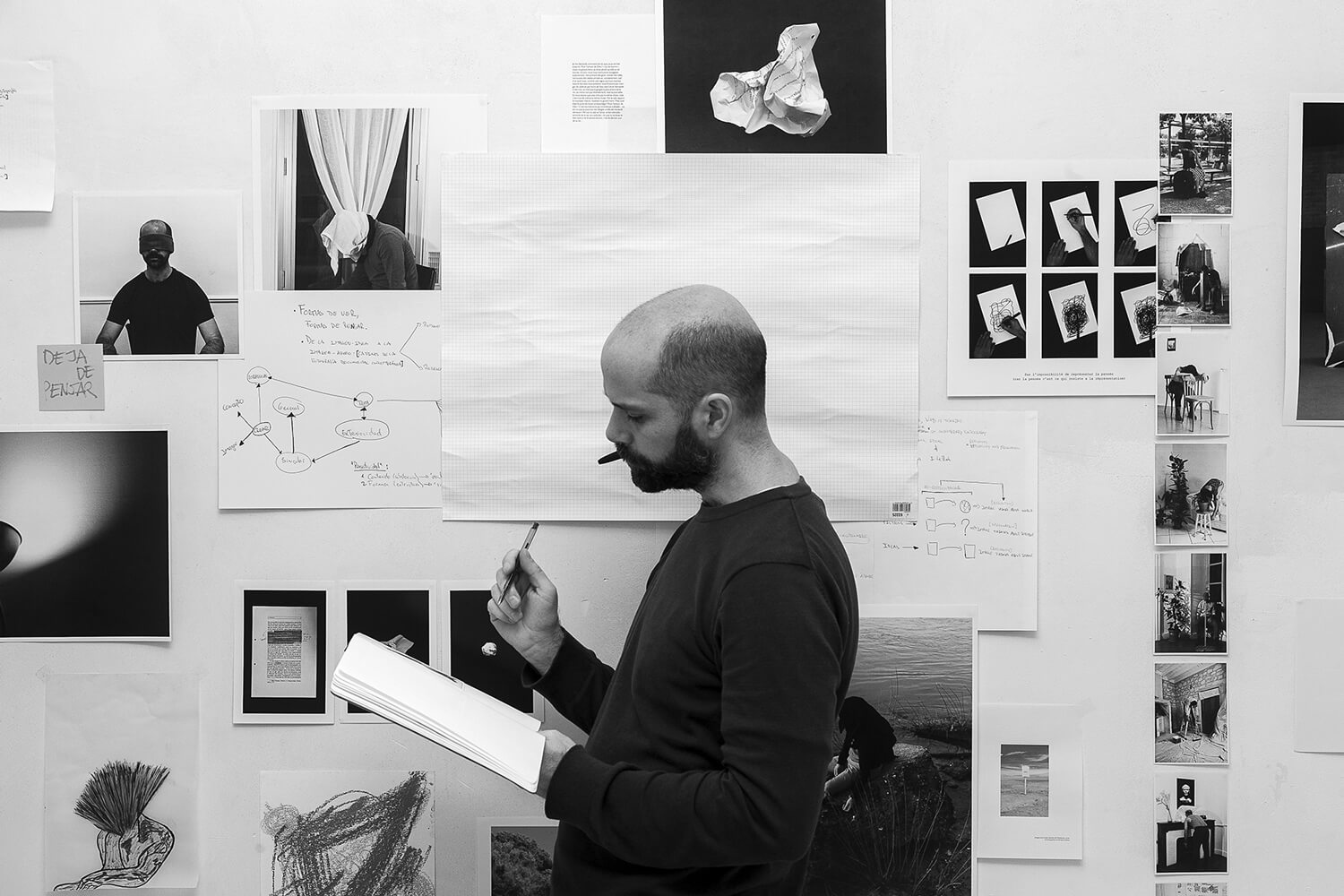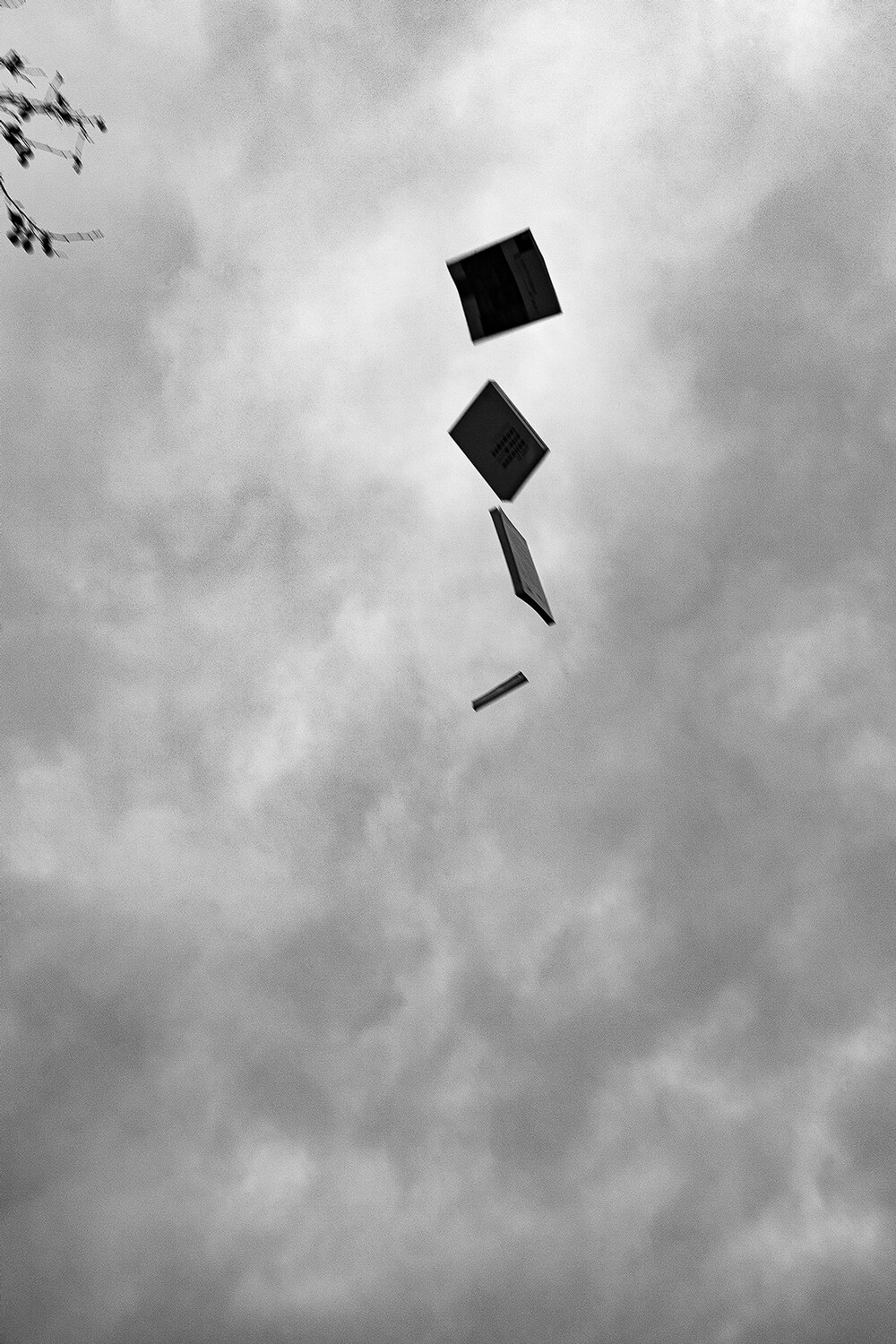Alejandro León-Cannock
Alejandro León Cannock (Lima, Peru, 1980) is a philosopher and photographer. His professional practice, at the crossroads of research and teaching, creation and curating, is developed in the territory where the exercise of thought and the life of images are articulated. He is a member of the Research Council of the Ecole Nationale Supérieure de la Photographie d’Arles (ENSP), the Editorial Board of the journal FOT (Peru) and the Academic Advisory Board of the journal NoImagen (Chile). In 2017, he won the first prize in the Begira Photo festival essay competition (Spain). His artistic work has been exhibited in China, France, Mexico, Peru, Switzerland and Uruguay.
Currently, he is a doctoral candidate at the ENSP and Aix-Marseille university in the program “Practice and theory of artistic and literary creation”. He also holds a master’s degree in Contemporary Latin American Photography (Centro de la Imagen, 2015) and a master’s degree in Philosophy with a dissertation on the philosopher Gilles Deleuze (Pontificia Universidad Católica del Perú, 2009). He has taught philosophy and photography for several years in different universities and art schools in Peru. Currently, he teaches Practice and Theory of Photography at the Bachelor of Fine Arts of Aix-Marseille University and Post-Photography at the University of Applied Sciences (Peru).
He has published several works on contemporary photographic theory and creation, the latest of which are: « C’est le Pérou ! Tendances de la photographie péruvienne contemporaine » (Vannes Photo festival/Fisheye, 2022), « La photographie comme pensée du possible. Documentation, fiction et spéculation dans la photographie contemporaine », (Les Chantiers de la création, n°14, 2022), « Fendre les images, fendre les choses. Les images composites peuvent-elles devenir des images pensives ? », (Sens public, 2022), La photographie comme forme de vie (Lisetta Carmi. Those With a Name to Come, Arles : Filigranes/ENSP, 2020), « El paradigma performativo. Anotaciones sobre la naturaleza de la investigación artística » (Lima : PUCP 2019), « El pensamiento de las imágenes. Anotaciones sobre la performatividad de las imágenes y el arte contemporáneo » (Montevideo : CdF 2018).
Due to the preponderant place that visuality occupies in the contemporary world, during the last few years reflections on images have shifted from considerations on their nature to considerations on their powers: the question “what is an image?” has been displaced by the question “what can an image do?” This epistemic turn shows a renewal of the preoccupations on the place of the spectators: how do the images act on them? Their powers are plural, just like their effects: they inform, seduce, frighten, alert.
In this context, we ask: can images have a pensive power? Against common sense, many artists and philosophers have affirmed that there are images capable of thinking and making people think. Where do we find these singular images? This doctoral proposal is devoted to issues related to pensiveness in the field of contemporary photography. To this end, the conceptual and plastic explorations proposed take as a guideline a “transcendental” problematic: under what conditions can the photographic experience become an event of thought?
Inscribed in the performative paradigm of research, this doctoral proposal resorts to a pluralistic methodology and an indisciplinary epistemology that privileges a rhizomatic thinking that pursues the deviations and connections of the proposed problematic, without neglecting a tree-like thinking capable of providing an analytical deepening. Therefore, rather than establishing definitive conclusions (“truths”), this proposal suggests provisional perspectives (“remarks”) in order to map, in a discursive and plastic way, the plurality of the modes of existence of pensive images.
This hybrid positioning, at the crossroads of images and ideas, gave rise to a thesis with an open structure composed of eight Navigation Notebooks. Each one contains the account of one of the journeys in the pluriverse of pensive images. There is no set order to explore them. There are, however, multiple connections between them, forming a multiplied system of references. This polymorphic journey has produced three main conclusions: the conceptualization of “aesthetic devices of pensiveness”, of the “art-based philosopher” and of “proliferating redundancy”.

Série Meditative surfaces for everyday life, 2020-2022

Série Meditative surfaces for everyday life, 2020-2022

Série Remarques, 2018-2022

Série Remarques, 2018-2022

Série Remarques, 2018-2022









